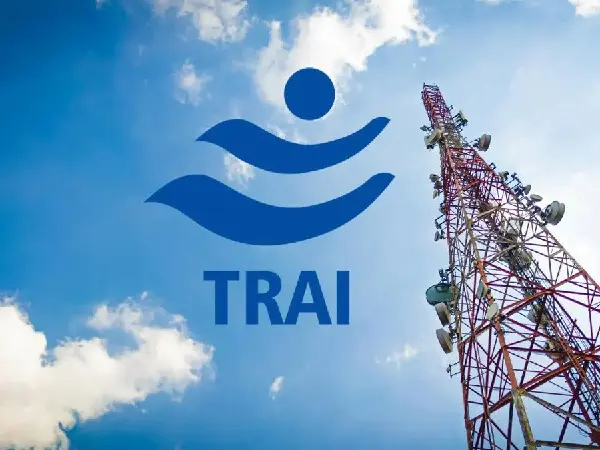DelhiDesk A recent analysis by Live Mint explored the performance of three different portfolios with varying risk parameters over a period of 10-15 years. The portfolios were classified as conservative, moderate, and aggressive, with asset allocations in debt, equity, gold, and international equity. The analysis found that asset allocation is key to portfolio performance, with the more aggressive portfolio generating higher returns but also exhibiting greater volatility and risk. The article also discussed the importance of periodic rebalancing to maintain desired asset allocation and tax-efficient strategies such as tax harvesting and investing in multi-asset allocation funds. The article concludes by suggesting that investors should carefully consider their risk tolerance and investment goals before investing in multi-asset allocation funds, and may want to consider low-cost passive funds for each asset class to meet desired allocation requirements.
Follow DelhiBreakings on Google News
Here is the news bullets sorted by DelhiBreakings.com team.
👉 Three portfolios with varying risk parameters (conservative, moderate, and aggressive) are explored for their performance over 10-15 years.
👉 Asset allocation is key to portfolio performance and involves distributing different asset classes based on goals, risk tolerance, and investment horizon.
👉 The portfolios generated CAGR returns of 9.5%, 10.8%, and 12.5%, respectively, with higher risk portfolios having higher volatility and drawdown during market correction.
👉 Rebalancing is necessary to maintain desired asset allocation, but investors struggle with it due to tax implications and the natural inclination to chase winners.
👉 Multi-asset allocation funds in India are a tax-efficient way to invest across asset classes, and dynamic rebalancing is considered more effective than static rebalancing.
👉 Risk-adjusted return is important to consider before investing in multi-asset allocation funds, and it is important to actively manage the rest of the portfolio.
👉 Investing in low-cost passive funds for each asset class and rebalancing by infusing fresh capital can be an alternative to selling and buying existing assets, which incurs transaction costs and taxes.
For superfast news and Delhi Breaking Stories visti us daily at https://delhibreakings.com





